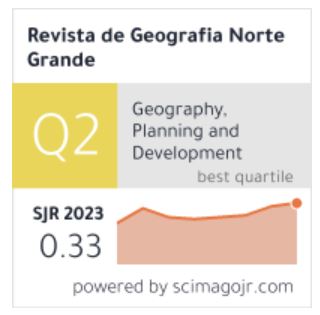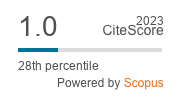Identificación de sitios prioritarios para conservación del agua y la biodiversidad asociada en la cuenca del río Limarí, norte de Chile
Palabras clave:
Análisis geoespacial, estándares abiertos, planificación, participaciónResumen
Para las regiones del norte y centro de Chile se proyecta un alto riesgo de sequía por efecto del cambio climático. Sus impactos dependerán de la habilidad de las comunidades para enfrentar el fenómeno, en un contexto de fragilidad de instituciones y mercados, deterioro del medio ambiente y falta de planificación. El objetivo del presente artículo es compartir parte de la experiencia de un proceso de planificación para la conservación y gestión del agua en la cuenca del río Limarí (30° S), norte de Chile. Se realizó una adaptación de la metodología de estándares abiertos para conservar los sistemas hídricos y su biodiversidad, definiendo objetos de conservación, calificando sus amenazas, e identificando sitios prioritarios para conservación. Esto se desarrolló durante la primavera del 2017, e involucró revisión bibliográfica, análisis geoespacial, entrevistas a científicos y actores claves, junto con talleres ampliados en diferentes zonas de la cuenca. Se identificaron 11 objetos de conservación, que son amenazados por 17 actividades humanas. También se identificaron 14 sitios de interés para la conservación del agua y la biodiversidad en la cuenca del río Limarí. Los resultados son un insumo para la planificación territorial y definición de áreas silvestres protegidas.
Descargas
Descargas
Publicado
Versiones
- 2022-09-13 (2)
- 2022-09-13 (1)
Cómo citar
Número
Sección
Licencia
Derechos de autor 2022 Revista de Geografía Norte Grande

Esta obra está bajo una licencia internacional Creative Commons Atribución 4.0.







